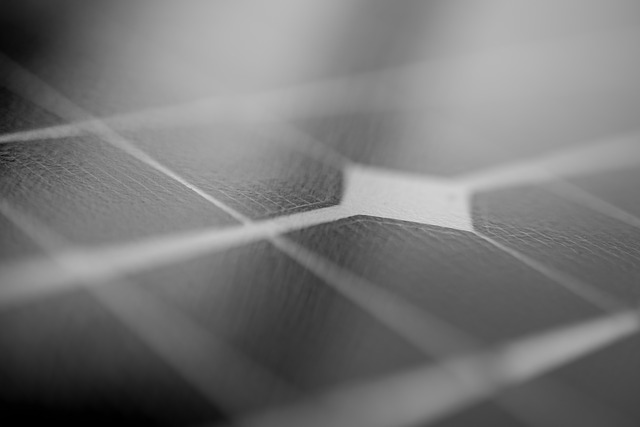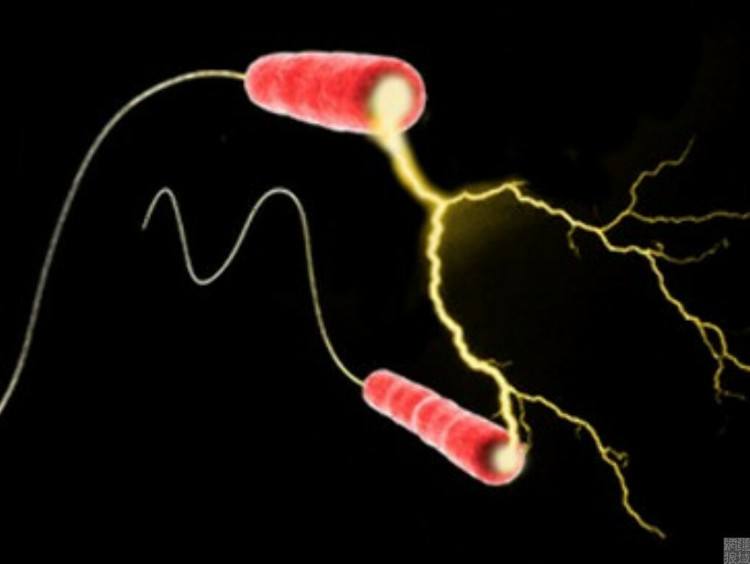How Do You Like Lithium-ion Battery Electrolyte?
Jul 15, 2019 Pageview:1025
Lithium-ion battery prides itself as the lightest of all metals and also the most blessed with the greatest electrochemical potentials and an unbeatable ability to give the largest specific energy per weight. However, certain components in the lithium-ion battery are responsible for the many astounding potentials it exudes, one of them is the electrolyte. The presence of the electrolyte in the lithium enables the transporting of positive lithium ions between the cathode and the anode.
Electrolytes can be everyone’s favorite because it does not just serve as a catalyst but, also a boost to battery conductivity. It also straddles the electrodes that enable the flow of electricity.
One of the mind-blowing benefits of solid electrolytes is the security against leaks, which is the usual fault of most batteries. The exact way a lot of people love lithium-ion battery to be.
Nickel-cadmium has enjoyed patronage as a suitable battery for portable gadgets and wireless devices for years. But with the satisfactory performances and incredible strides of lithium-ion, the picture today is different for nickel-cadmium.
When it comes to energy density, the electrolyte present in the lithium-ion gives it a better standing than nickel-cadmium or any other battery, there are also provisions for higher energy densities. This is just the way I love batteries to be.
The best part of this favorite battery is the provision for low maintenance; this is an attribute most batteries lack. It also doesn’t require scheduled cycling or memory to lengthen the battery’s life.
Lithium-ion battery electrolyte composition
The robustness of electrolytes could not just occur in isolation or from the outer space, certain inbuilt or inherent attributes in it can be held responsible, and they include…
· The use of liquid electrolyte
Lithium-ion draws some of its incredible potentials from the organic liquid electrolyte. It is made up of lithium salts and organic solvents like ethylene carbonate. When combined with diverse carbonates, it enables high conductivity and expands the temperature range.
· Gelled electrolyte
The provision of additives makes it possible for the gelled electrolyte to increased productivity.
· Solid electrolyte
For the solid, conductivity gets accelerated when temperatures are increased. They also rely on special deposition situations and temperature condition to provide favorable behavior. This attribute makes them uncomfortably expensive to use, though.
· Polymer electrolytes
These ionic conductive electrolytes are mostly combined ceramic nanoparticles with composites, which encourages higher conductivity and resistance to high voltage.
· Cathode
Cathode materials like lithium-metal oxides, vanadium oxides, olivine. Layered oxides like, cobalt and nickel are all a constitution of electrolyte in a lithium-ion battery. And, they are specialist in guaranteeing high stability in high voltage range.
· Anode composite
The graphite, the lithium-alloying components, and the carbonaceous anodes have earned for themselves huge preferences and patronage because of their affordability and availability.
· Ethylene sulfate
This additive prides itself with the ability to improve the low-temperature performance of secondary lithium batteries.
· The separator
For high ion transmission, a separator is usually interposed between the cathode and the anode. For example, a thin film with a pore size of 0.01 to about 10 microns and 5 to about 300micron thickness is most used.
Lithium-ion battery electrolyte toxicity
Owing to the numerous benefits of lithium-ion batteries and its demand on a steady rise, a conscious overview of the inherent drawbacks of the product when/if accidentally released is equally necessary.
· It has been established that some of the solvents in the electrolytes are prone to toxicity and are volatile.
· A number of the electrolytes are irritant, toxic, harmful and flammable. the reason behind the recall of Samsung Note7
· LiPF6 can be extremely toxic when it gets in contact with water; it can also develop corrosive gaseous hydrogen fluoride(HF). When this happens contact or exposure to it can result in grave health hazards.
· The Release of any of the additives in a lithium battery is also risky and toxic.
· Most of the solvents like dimethyl carbonate (DMC), tetrahydrofuran (THF), 1,2-dimethoxyethane (DEE) and many others are highly volatile, flammable, and toxic.
· Many lithium salts have also reacted positive to toxicity and given to corrosiveness upon an accidental release too.
· Chemical hazard is also unavoidable. Under normal circumstance, lithium batteries are not designed to release gases or chemical. But situations like accidental exposure during a rupture of the casing from internal pressure or mechanical damage always ends up in toxic experiences.
Whatever the case is, it is equally benefitting from consulting the specified safety data sheet (SDS) for electrolyte spill, clean-up, and disposal details in the event of a spill.
One should also endeavor to wear enough protective garment, goggles, shoes, and gloves during the clean-up of spills.
Lithium-ion Battery Electrolyte Market
Thanks to the “lifeblood” of a lithium-ion battery- the electrolyte, and its catalytic benefit in the transporting of energy, enabling the lithium-ion batteries to hold on to high voltage among other credits consistently. In the same vein, the growing need for durable systems and rechargeable systems for energy storage have encouraged the manufacturing of more lithium-ion battery electrolytes. · This singular relevance has accounted for 5%-12% cost of the battery production.
Reports have it that the global lithium-ion electrolyte market was valued at 555.45 million US dollars in the year 2012 and 1373.69 million US dollars in 2017.
Currently, the lithium-ion battery is the ideal companion for new energy vehicles and digital product. In the wider world, the lithium-ion battery market is predicted to expand and grow at 6.2% in 2024.
The ever-increasing production and sales of electronic products like laptops, smartphones, entertainment systems are also reasons behind the boost in the consumption of lithium-ion battery electrolytes for these gadgets.
The key lithium-ion battery electrolyte companies are equally planning on reaping the benefits of collaboration. Key manufacturing companies like. Mitsui Chemical, Mitsubishi Chemical, Zhejiang Yougtai, Merck KGaA, Shandong Shida Shenghua Chemical Group. They are planning on enlarging production capacities to generate geographical presence and accelerate the market share.
The increasing use of electric automobiles in North America, Japan, and Europe are also expected to add to the increasing demand and consumption of lithium-ion battery electrolyte.
At this point, it is safe to assume that no one will be left in doubt as to the incredible capabilities and benefits of lithium-ion battery electrolytes. These astounding potentials will continue to set it apart and keep it as the most-preferred battery for devices, machines, and vehicles for ages to come.
- Prev Article: What do you think about battery management system lithium-ion
- Next Article: Show More About Lithium Coin Battery
Leave Message
Hottest Categories
-
Hottest Industry News
-
Latest Industry News











